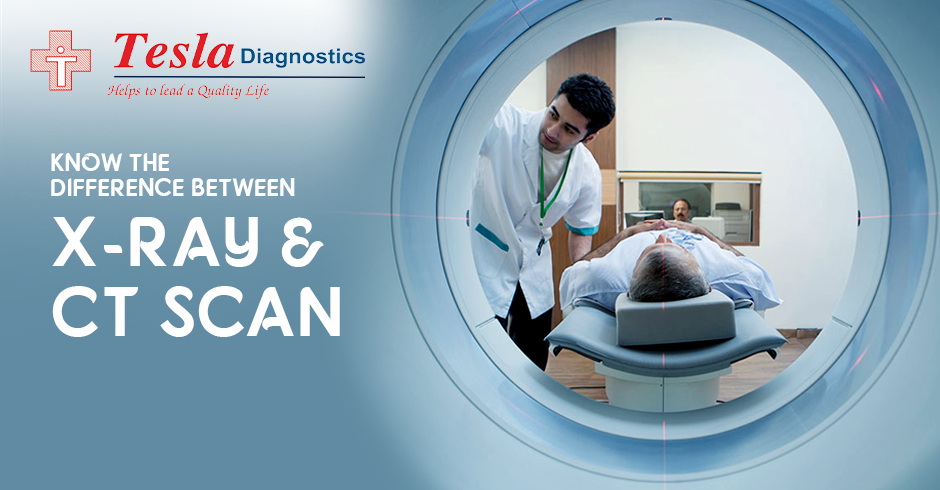In this rapidly changing world, not every disease is easily detected by the doctor through physical examination alone. It is where the latest technologies like X-rays and CT scans come into the picture. Doctors widely suggest these tests to discover the possible causes of a particular medical ailment. But unfortunately, whenever a doctor suggests we take an X-ray, CT scan, or MRI, we are usually confused about these three.
In this blog, we will understand the major differences between an X-ray and CT scan and the pros and cons of each.
X-rays
X-rays are one of the most used diagnostic imaging methods available in every hospital and medical facility. It is one of the initial examinations a doctor orders after an accident or injury to determine the entire amount of the body’s damage is this one.
Later, the surgeon can advise additional sophisticated scans for a thorough diagnosis.
X-rays are typically used to diagnose bone-related conditions, but doctors can also use them to look at inside injuries and tumors. To do this, a dosage of barium sulphate or a dye to help the organs seem clearer on an x-ray is initially prescribed to the patient.
The bodily portion that must be diagnosed is placed between the photographic film and the x-ray machine after the patient has changed into the hospital gown. The body is then penetrated by the gadget’s electromagnetic waves (radiation). The rays illuminate the patient’s internal organs on the exposed black screen as they reflect off them.
CT Scans
An MRI and a CT scan are both different types of computed tomography scans. These two methods provide detailed, excellent photographs of the body. The CT scan provides a 360-degree image of internal organs, the spine, and vertebrae, making it a superior, more accurate alternative to an x-ray.
In addition, contrast dyes are injected into the patient before the scan to enhance and clarify the image.
A CT scan enables medical professionals to see the blood arteries, soft tissue, bones, and organs in greater detail. Then, conditions like communicable illnesses, injuries, musculoskeletal issues, appendicitis, heart disease, and cancer are detected using these photos.
A CT scan uses slightly more sophisticated equipment than an X-ray machine. The scanner has a tunnel-shaped protrusion in the middle and resembles a large box. The patient must be lying down on the table that slides into the scanner. The actual equipment that would scan your body, take pictures, and display them on the screen is coupled to the tunnel-shaped opening.
X-rays are easier and quicker than CT scans, which are far more complex and require much more sophisticated equipment. Additionally, you need a valid prescription from a doctor because CT scans are pricey and not as widely available. Small-scale medical facilities and remote hospitals do not have CT scan equipment either.
To conclude, both X-ray and CT scans have their pros and cons. However, the doctor decides which technology to use when you encounter any ailment or disease.
